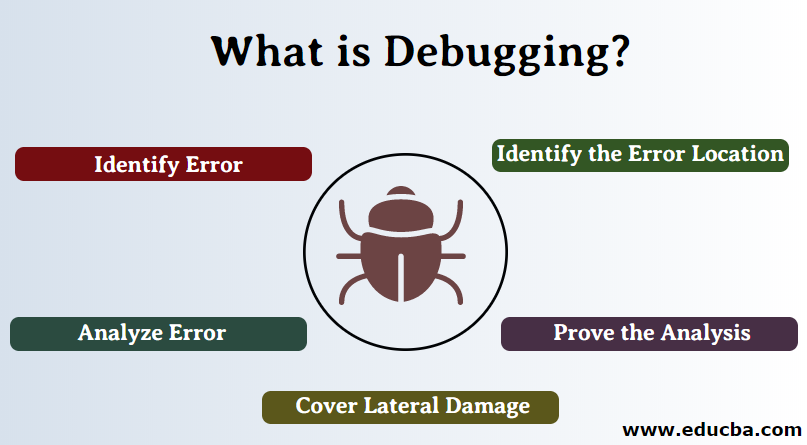reading-notes2
https://m7madmomani2.github.io/reading-notes2
The Call Stack and Debugging

A call stack is a mechanism for an interpreter (like the JavaScript interpreter in a web browser) to keep track of its place in a script that calls multiple functions — what function is currently being run and what functions are called from within that function, etc.
Debugging :- its used to check the running code line by line to get where exactly an error happens.
Error Types:-
- Reference errors: for not declared vars :- This is as simple as when you try to use a variable that is not yet declared.
- Syntax errors: this occurs when you have something that cannot be parsed in terms of syntax, like when you try to parse an invalid object using JSON.parse.
- Range eroors: Try to manipulate an object with some kind of length and give it an invalid length and this kind of errors will show up.
- Type errors: when the types (number, string and so on) you are trying to use or access are incompatible

Handling errors
we usually try to catch the errors so we can gracefully fallback to a default state of our application in case of an error (this fallback can be a 404 page which is normally not that graceful but is better than a page to just stop working).
In summary
The key takeaways from the call stack are:
- It is single-threaded. Meaning it can only do one thing at a time.
- Code execution is synchronous.
- A function invocation creates a stack frame that occupies a temporary memory.
- It works as a LIFO — Last In, First Out data structure.
- We have used the call stack article to lay the foundation for a series we will be looking at on Asynchronous JavaScript